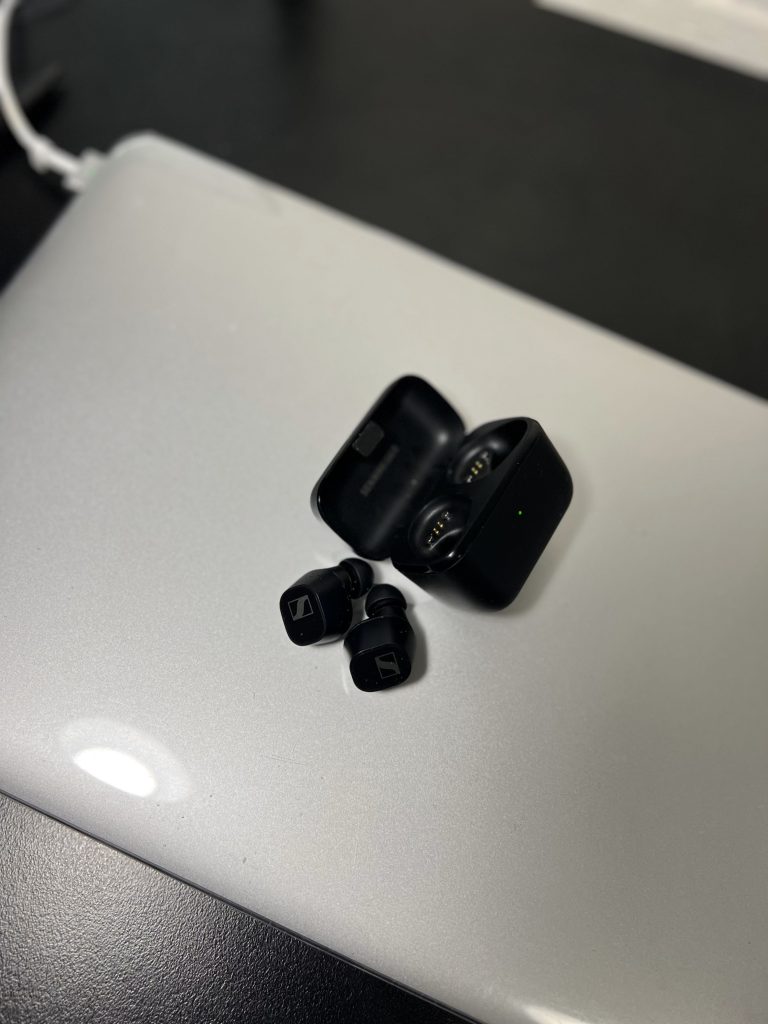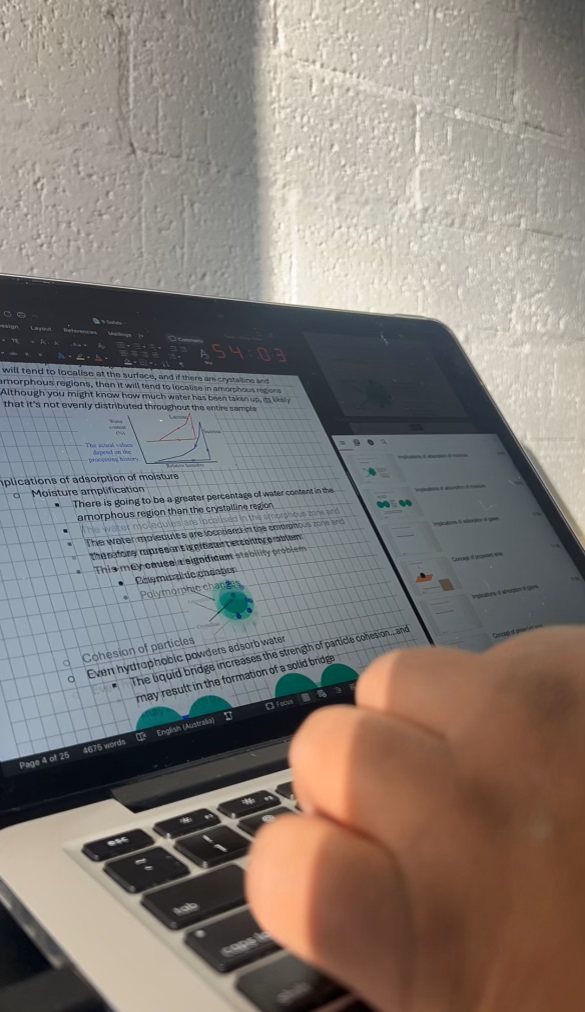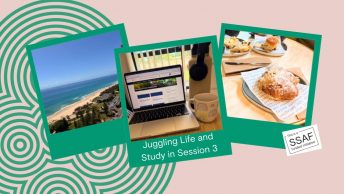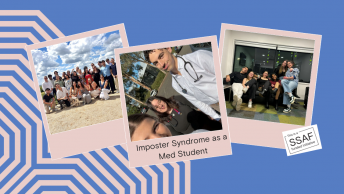Written by Shristi N
As university students, we are put through a storm of lectures, assignments, quizzes, and exams. Finding your study style aids across all levels of academic progression and hence reduces educational stress. There are 4 types of predominant learning styles: visual, auditory, read/write, and kinaesthetic learners. It wasn’t until I understood my learning style that I was able to tailor my study habits to suit my strengths and avoid my weaknesses.
Visual Learners
As a visual learner, you would blossom by seeing and observing diagrams, charts, graphs, and other visual aids. In university, to retain information this would look like:
- Highlighting and colour-coding information
- Utilising mind maps and flow charts for ease of visualisation
- Double-checking understanding through the use of videos
These visual elements aid in comprehension and memory retention.

Auditory Learners
With the preference of listening to recordings or reading notes out loud, auditory learners blossom by hearing information. At university, this looks like:
- Teaching notes to someone else or making fake speeches to learn information
- Actively participate in classroom discussions or study groups
- Double-checking understanding through the use of videos
Auditory methods are useful for recalling the material, which is also called active recall.

Read/Write Learners
These learners interact with text through writing, reading, and note-taking. Read/Write learners at university can be found:
- Taking comprehensive notes during lectures and utilising textbooks
- Summarising information into different words and organising with headings and bullet points
The aim is to utilise your strength in reading and writing to improve study proficiency.

Kinaesthetic Learners
Kinaesthetic learners prefer to get hands-on or learn through practical and real-world applications. This at university translates to:
- Excelling at lab sessions, placement opportunities, and other practical activities
- Using models or physical objects to understand concepts
- Taking frequent study breaks or incorporate movement into study
Think of kinaesthetic learning as active learning to sufficient absorption of information.
My Learning Style
I personally like to utilise all of these techniques for my different motivation levels. As a university student, we must recognise various study techniques that help us to study better. I know when I have lots of motivation I become more of a read/write learner. As my motivation levels drop, I start to utilise visual or auditory learning techniques to ensure I am still progressing through my studies. When I am stuck on a subject, I can utilise a kinaesthetic learner approach but with the aid of the teacher.
Conclusion
The storm of study commitments university students have can be stressful and restrict academic progression. There are 4 types of predominant learning styles, each with its own learning techniques and benefits. Knowing your learning style can help reduce the stress of academic success. It helps build the correct study habits for your strengths. So, which learning style are you?
Charlie blog is a SSAF initiative










